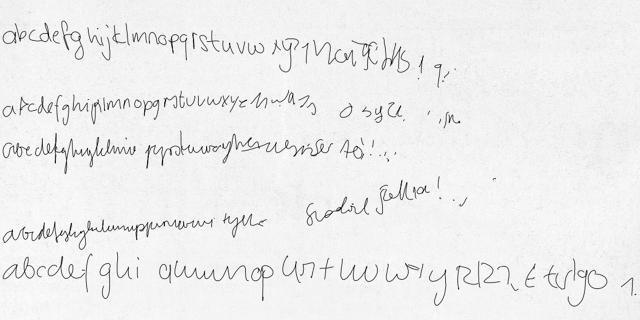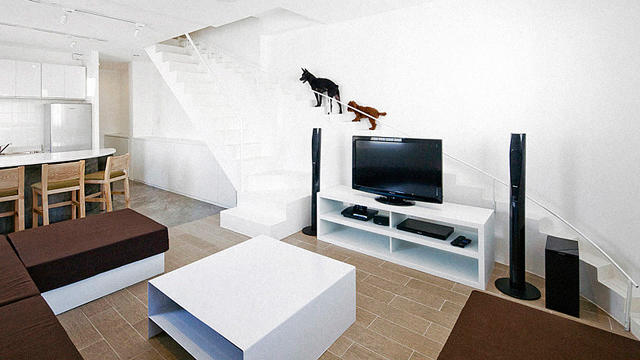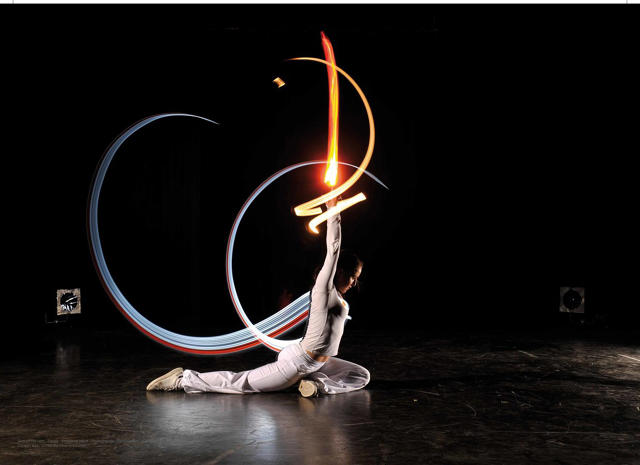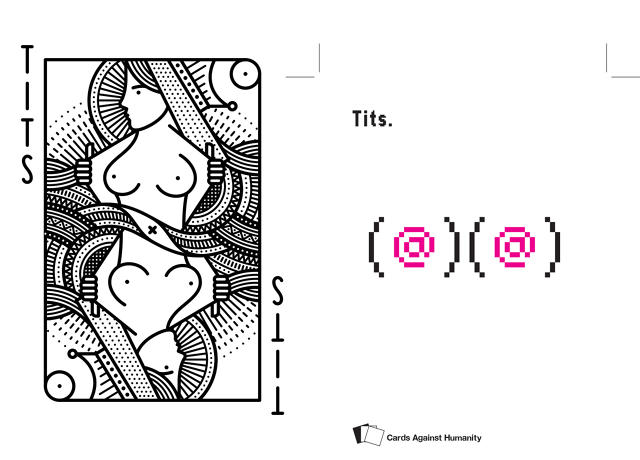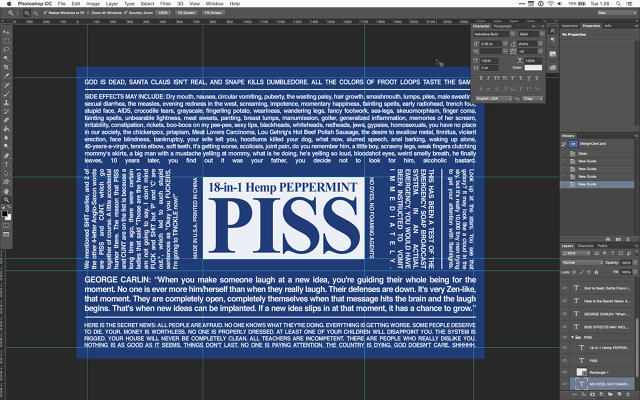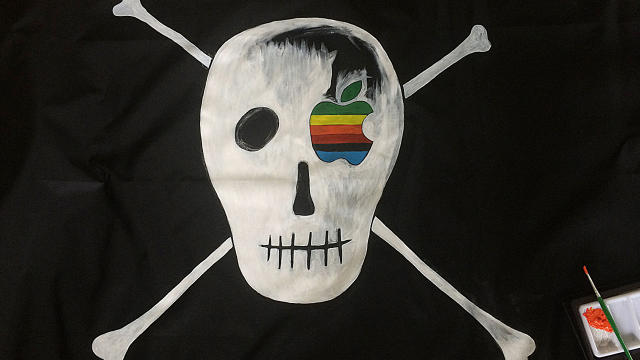Released for the first time in 1917, the Converse Chuck Taylor All Star is an American design classic. The Chuck's canvas, star-blazoned silhouette isn't just iconic, it's sacrosanct, and for good reason: according to the company, All Star sales made up the "majority" of Converse's $1.7 billion in revenue in 2014. Yet today, for the first time in almost 100 years, Converse is finally unveiling an honest-to-god sequel to the Chuck Taylor All Star. Meet the Chuck II, a more premium pair of kicks that were designed from the ground-up with a simple mandate: "Let's obsess the Chuck."
Although they sport a Rambo II style sequel number at the end, part of what makes the Chuck II so singular is they don't necessarily look like a new design. With a cursory glance, they could be mistaken for a regular set of kicks. Only when you examine the Chuck II more closely do the differences make themselves apparent. They're a little more premium, a little more luxe. The stitching is nicer. So is the canvas. Details like the All Star patch and the eyelets have a little more depth and dimension. The Chuck II is also slightly more comfortable to wear. But this isn't the futuristic Air McFly update you might expect from a brand that has abstained from updating its singular sneaker for almost a century. And that's very much by design.
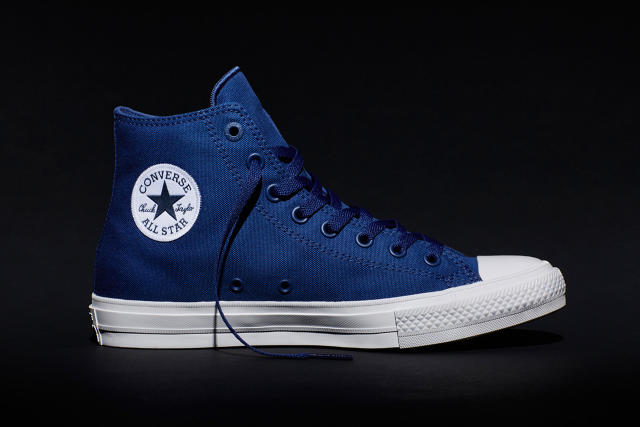
An ex-Coca-Cola executive, Converse brand VP Geoff Cottrill knows there's an inherent risk in "improving" an iconic product. "You better believe New Coke came up in meetings," laughs Cottrill, referencing the consumer riot that was sparked in the 1980s when Coca-Cola, backed up by overwhelming data from blind taste-tests, had the temerity to change the formula of their soft drink. Almost 100 years old, the Chuck Taylor All Star is in many ways the Coca-Cola of sneakers. But if anything, the danger of alienating Converse's core consumer with thoughtless corporate tinkering is greater, because Converse's core consumer are creatives and artists, rockers and skateboarders, rebels and iconoclasts.
In many ways, Cottrill notes, these customers adopted the All Star against Converse's will: up until the 1980s, Converse was still trying to market the Chuck primarily as a sports shoe, even as musicians like The Ramones and Blondie were giving All Stars counterculture cred. What attracted them to the Chuck was the sneaker's authenticity. From a design perspective, the Chuck Taylor All Star is about as simple a sneaker as it's possible to make. It's basically just a canvas shell stitched to a rubber sole. The canvas sometimes changes colors, and it's sold as both a high-top and low-cut, but besides that, the design has virtually gone unchanged for 98 years. (Pro tip: You can primarily tell a vintage Chuck by the position of the ventilation holes, which have crept higher up away from the sole over the decades.)
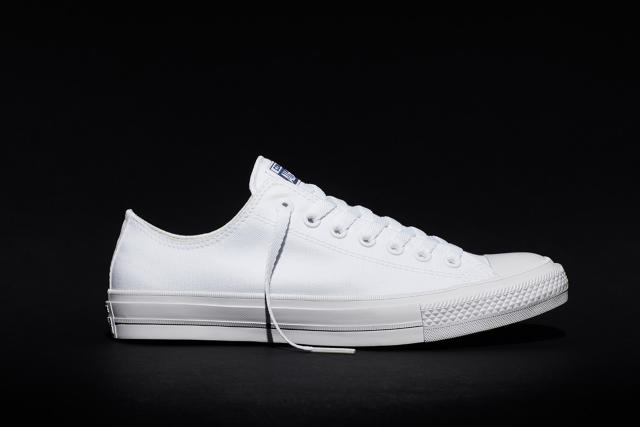
From the kind of consumer attracted to the All Star's history, authenticity, and design simplicity, then, Converse has heard the same thing over the years: "Don't fuck with my Chucks." But they were also hearing some other rumblings. Maybe the Chuck Taylors could be a little more comfortable? A little easier to wear all day long? That's according to Converse All Star Brand VP/GM Richard Copcutt, who toured around England with bands with names like Axewound and Cancer Bats to gather firsthand market research on the Chuck II. "These guys don't necessarily want to step out in the same pair of sweaty, beaten-up, beer-soaked sneakers they performed in if they go out for some fun after the show," Copcutt says. "And they wear their Chucks hard, so they started asking if maybe there was a way to make an All Star that was a little easier on their feet."
"The brief was to change everything without changing anything," says Damion Silver, Converse's design director. At the company's new waterfront headquarters in Boston, he walks me through the Chuck II differences.
The biggest change is probably the footbed, which contains Lunarlon technology provided by Converse's parent company, Nike. A soft and resilient foam core that helps more evenly spread out impact, Lunarlon makes the Chuck II more comfortable than previous Chucks. An inner ultra suede lining also makes the Chuck II feel a little more luxurious than a standard All Star, which is supplemented by foam cushioning in the tongue and collar.
But most of the changes are in the detailing. Take the iconic All Star patch. An iron-on in the core Chuck Taylor, the Chuck II sport a woven version, nicer looking and less likely to wear down over time. The eyelets in the Chuck II are molded, creating a feeling of greater depth; same thing with the Converse heel patch, which now has three-dimensional letters, instead of just a painted-on logo. The canvas used in the Chuck II has a better hand feel than the original Chucks too.
While all of these little details add up to a big improvement in the feeling of comfort, quality and craftsmanship of the Chuck II, the iconic silhouette of the All Star is untouched. The Chuck II is still undeniably a pair of Chucks. They're just the slightly more stylish and comfortable pair of Chucks you might wear when you're stepping out. In fact, with a retail price just $20 more than a set of classic All Stars, Converse is hoping many Chuck fans will buy both.
Although redesigning a product is generally a sign that sales are flagging, that's not true in the case of the Chuck II. Converse's revenues have increased 10-fold since 2003, when Nike bought the company, saving it from bankruptcy. Instead, says Cottrill, the Chuck II is the result of a thought experiment within Converse, a company that has throughout most of its history chased basketball players and athletes as customers while ignoring the actual people buying their shoes. "We wanted to entertain the notion that maybe we don't know our customers as well as we think we do," Cottrill says. "That maybe they want more."
And if they do, and the Chuck II is a success, who knows? Maybe they'll be followed by a Chuck III, a Chuck IV, or a Chuck V. For his part, Cottrill's already got some ideas on what could come next. "People keep telling us they don't like to wear their Chucks when it rains," he slyly hints.
Available in black, white, red, and blue, the Converse Chuck Taylor All Star II's go on sale next Tuesday, July 28, at a suggested retail price of $70 for the Oxfords, or $75 for the high-tops.
